Carter Hansen: Old Beach helicopter pilot on the front lines of Canada’s wildfire crisis
After first becoming familiar with helicopters via his family’s successful farming operation, a Tasmanian man who relocated overseas in 2020 is now flying missions above a burning Canada.
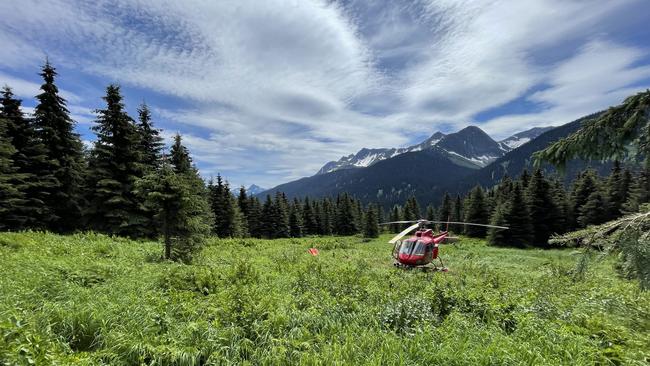
Tasmania
Don't miss out on the headlines from Tasmania. Followed categories will be added to My News.
A young Tasmanian man who first went up in a helicopter as a teenager, acting as relay as part of his family’s pioneering method of using the machines to dry out their cherry orchards, has now found himself on the frontline of Canada’s “unprecedented” fire season.
Speaking from British Columbia, The Hutchins School graduate Carter Hansen, 25, from Old Beach – his family owns Cherries Tasmania – said that he had been working 12-hour days on a two weeks on, two weeks off roster under the direction of B.C. Forestry since May 14.
He has been based in what is known as the Prince George fire zone in Canada’s west, a place where 85 fires were burning as at Thursday, according to BC Wildfire Service.
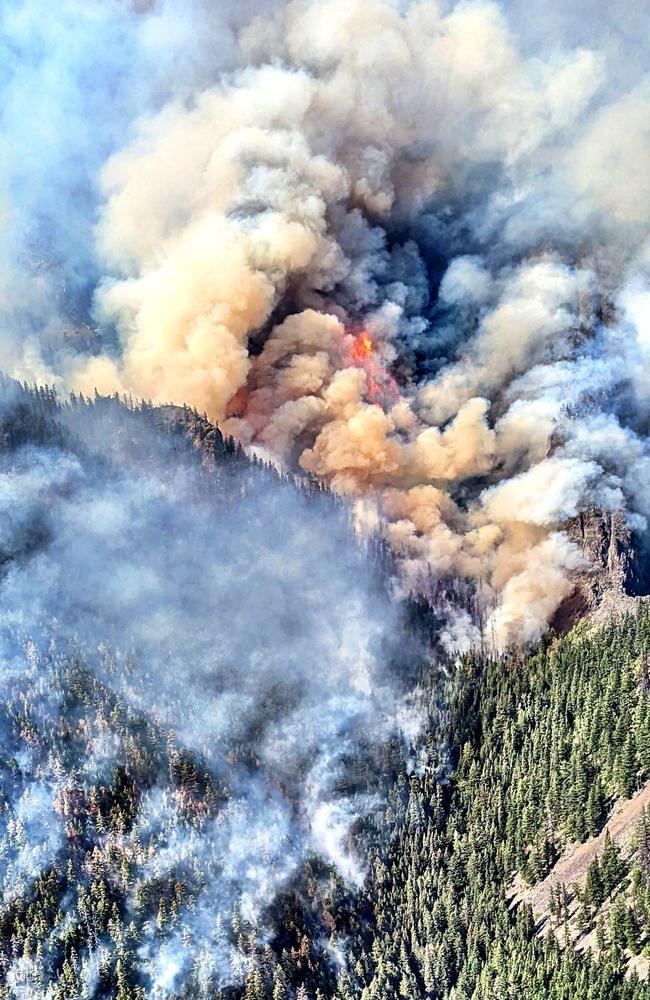
He said he had been flying a variety of missions, but especially aerial firefighting with a 750L helibucket, attached to his machine via a 125-foot long line.
On Tuesday, Mr Hansen flew out on an aerial firefighting mission in response to a lighting strike which had ignited a fire in his zone.
“We’ll put it out before it spreads – our resources are stretched a little thin, so we’ll squash this one and move on,” he said.
B.C. Forestry has contracted Mr Hansen’s employer, Blackcomb Helicopters, for the entire fire season – “The whole summer we will just be following the fires,” Mr Hansen said.
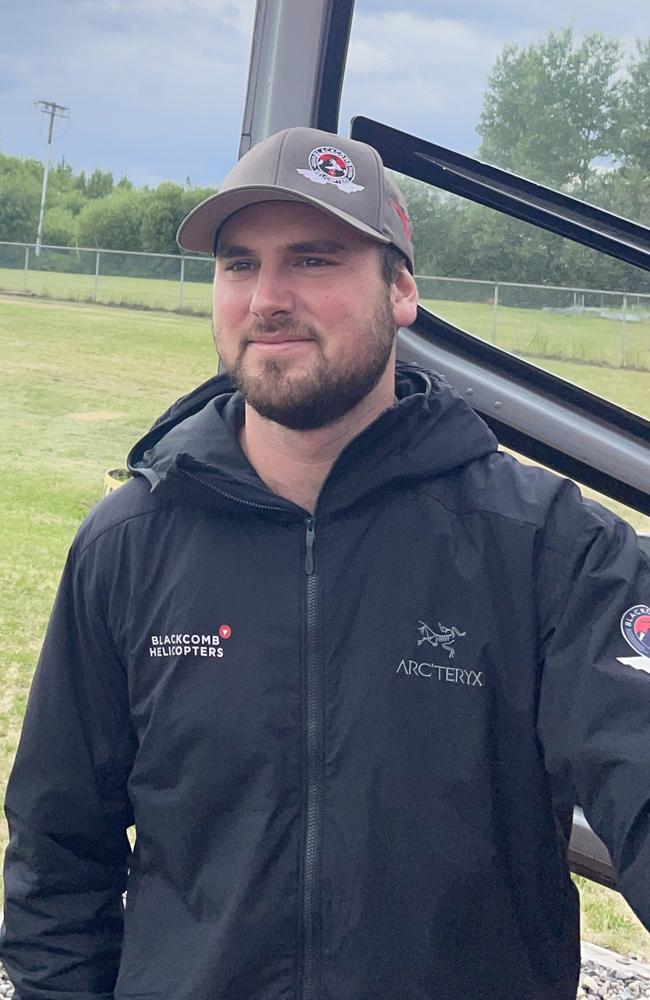
This could see him flying missions over places as diverse as Grande Prairie – in Alberta, the epicentre of the fires – Banff, Timber Creek, Whistler, Edmonton and Pemberton.
“This year has been abnormal,” Mr Hansen said.
The pilot, who moved to Canada in 2020, said that, typically, he would fly missions including medevacs for injured skiers at Whistler or Banff, search and rescue for lost hikers in the Sea-to-Sky Corridor, landing on glaciers for sightseeing tours, and more prosaic jobs, like surveying for BC Hydro.
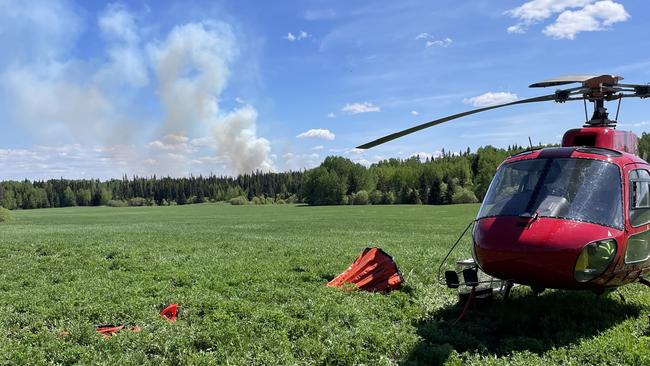
Mr Hansen said his first experiences in a helicopter were as part of his family’s pioneering method in Tasmania – alongside that of Hansen Orchards – of using helicopters to dry cherries following a downpour.
Mr Hansen would sit in the passenger seat and receive instructions from his father Nic – “More wind, less wind” – and, one day in 2017, the pilot asked Mr Hansen over breakfast whether he’d ever thought about getting behind the yoke.
“I said, that’d be pretty cool, I reckon I could have a go at that,” Mr Hansen said.
That same day he was on the phone to Cambridge-based Rotorlift Aviation and “not even eight hours later,” he was taking his first lesson.
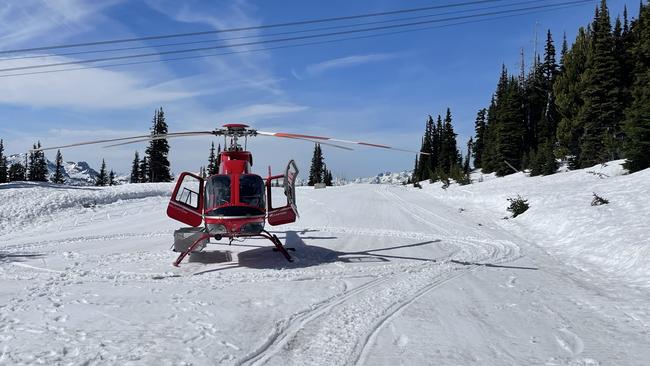
Mr Hansen said he does feel pangs of homesickness and would “love to come back”.
“It’s always been a goal of mine to come back and fly the Westpac Rescue Helicopter,” he said.
This season’s Canadian fires have been repeatedly labelled as “unprecedented” and catastrophic.
A reported 43,000 sqkm has already burnt – about the area expected to burn across a whole season, not just the first six weeks of it – the United States’ Eastern Seaboard has been blanketed in smoke, and up to 100,000 Canadians may have been displaced.





